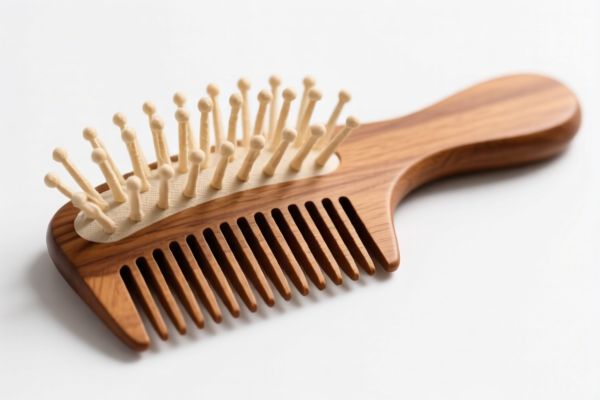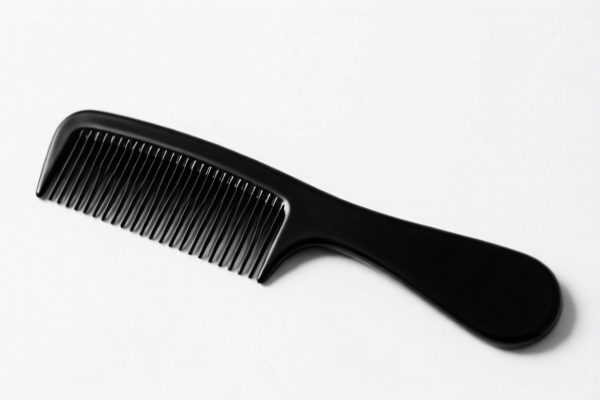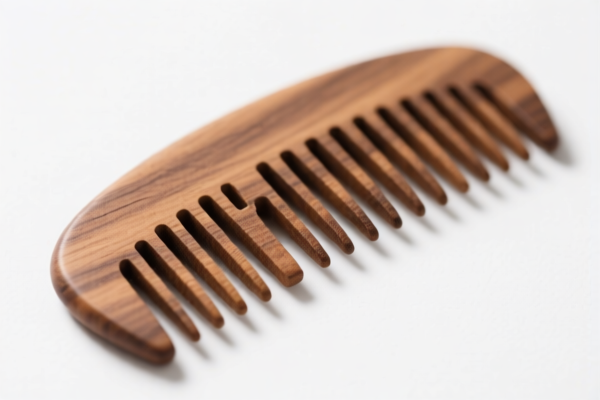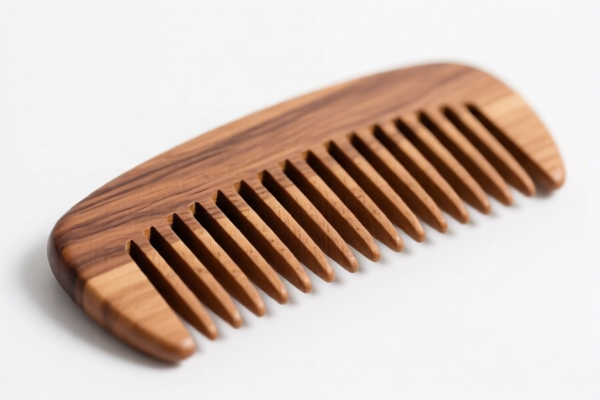| HS Code | Official Doc | Tariff Rate | Origin | Destination | Effective Date |
|---|---|---|---|---|---|
| 9615111000 | Doc | 14.4¢/gross + 2%+30.0% | CN | US | 2025-05-12 |
| 9615192000 | Doc | 9.7¢/gross + 1.3%+30.0% | CN | US | 2025-05-12 |
| 8516790000 | Doc | 32.7% | CN | US | 2025-05-12 |
| 8516710020 | Doc | 41.2% | CN | US | 2025-05-12 |
| 6815994170 | Doc | 55.0% | CN | US | 2025-05-12 |
| 6815992000 | Doc | 55.0% | CN | US | 2025-05-12 |
| 6801000000 | Doc | 57.8% | CN | US | 2025-05-12 |
| 3926903500 | Doc | 44.0% | CN | US | 2025-05-12 |
| 3924104000 | Doc | 33.4% | CN | US | 2025-05-12 |
| 3924905650 | Doc | 40.9% | CN | US | 2025-05-12 |




Hair Combs
A hair comb is a toothed tool used for detangling, styling, and grooming hair. Combs have been used for millennia, with examples discovered in ancient civilizations. They differ from hairbrushes in that combs have teeth, while brushes have bristles.
Material
Combs are manufactured from a diverse range of materials, each offering different properties:
- Plastic: The most common and affordable material. Various types of plastic are used, including cellulose acetate, nylon, and polypropylene. Plastic combs are durable and readily available in numerous colors and designs.
- Metal: Often stainless steel or aluminum. Metal combs are strong, heat-resistant (suitable for styling with heat), and easy to sanitize. They can be more precise for styling but may conduct heat.
- Wood: Traditionally made from materials like sandalwood, boxwood, or cherry. Wood combs are gentle on the hair and scalp, reducing static and breakage. They are often favored for their aesthetic appeal and natural properties.
- Ivory/Horn: Historically used, but less common today due to ethical concerns and cost. These materials are known for their smoothness and ability to reduce static.
- Acetate: A cellulose-based plastic known for its flexibility, durability, and resistance to chemicals. It is often used for high-end combs.
Purpose & Function
The primary functions of hair combs include:
- Detangling: Removing knots and tangles from hair. Wide-toothed combs are particularly effective for this purpose.
- Styling: Creating various hairstyles, including parting, sectioning, smoothing, and shaping.
- Grooming: Distributing natural oils along the hair shaft, promoting scalp health and shine.
- Sectioning: Dividing hair for cutting, coloring, or styling.
- Teasing/Backcombing: Adding volume and texture to hair.
Usage Scenarios
Combs are used in a wide variety of settings:
- Daily Grooming: At home for general hair maintenance.
- Hair Salons/Barbershops: Professional use for cutting, styling, and coloring hair.
- Styling & Fashion: Creating elaborate hairstyles for events and photoshoots.
- Beard Grooming: Specialized combs are used for shaping and maintaining beards.
- Pet Grooming: Combs are used for detangling and maintaining the coats of animals.
Common Types
- Wide-Tooth Comb: Ideal for detangling thick, curly, or wet hair, minimizing breakage.
- Fine-Tooth Comb: Used for smoothing, parting, and creating precise styles. Also used for removing lice and nits.
- Rat-Tail Comb: Features a long, pointed handle for precise sectioning and parting. Commonly used in salons.
- Pick Comb: Designed for lifting and volumizing curly or afro-textured hair.
- Pocket Comb: Small, portable comb for on-the-go use.
- Beard Comb: Specifically designed for beard grooming, often with finer teeth and a more ergonomic shape.
- Cutting Comb: Used by barbers and stylists for precise hair cutting techniques.
- Volumizing Comb: Designed with teeth that create lift and volume when used at the roots.
- Anti-Static Comb: Made from materials that reduce static electricity, minimizing frizz and flyaways.
Hair combs fall under the category of grooming articles, specifically designed for arranging or styling hair. They are typically made of hard rubber or plastics, though other materials are possible.
The following HS codes are relevant, based on the provided information:
-
9615111000: This HS code covers combs, hair-slides and the like, specifically those of hard rubber or plastics. It further specifies combs and has a value limit of not over $4.50 per gross. The breakdown is:
- 96: Miscellaneous manufactured articles.
- 15: Combs, hairpins, and other similar articles.
- 11: Specifically for combs, hair-slides, and similar articles of hard rubber or plastics.
- 1000: Further specifies combs valued not over $4.50 per gross.
-
9615192000: This HS code also covers combs, hair-slides and the like, but specifies other materials than hard rubber or plastics. It also specifies combs and has a value limit of not over $4.50 per gross. The breakdown is:
- 96: Miscellaneous manufactured articles.
- 15: Combs, hairpins, and other similar articles.
- 19: Other combs, hair-slides, and similar articles.
- 2000: Further specifies combs valued not over $4.50 per gross.
Regarding these HS codes, please note the value limitation of not over $4.50 per gross. If the value exceeds this limit, a different HS code may be required.
Customer Reviews
No reviews yet.